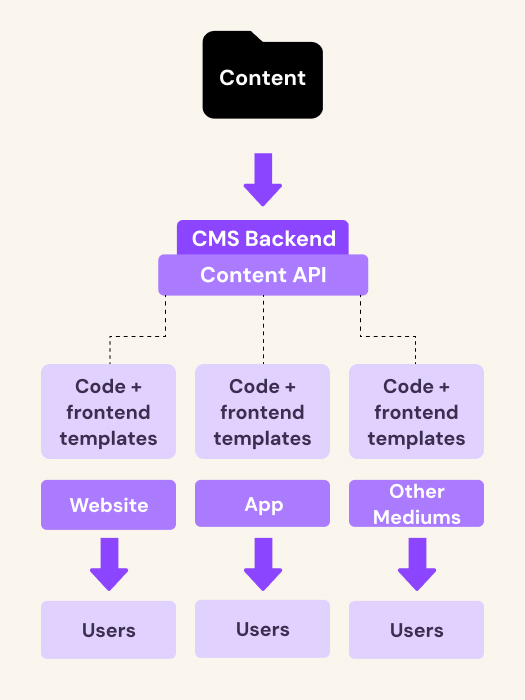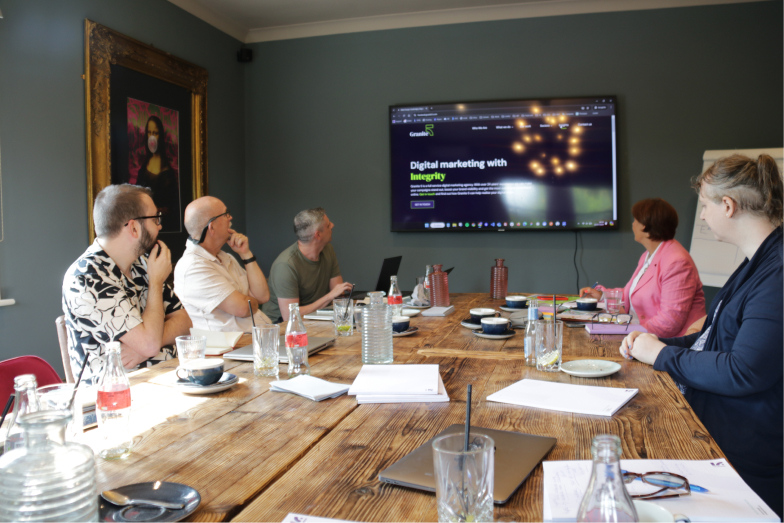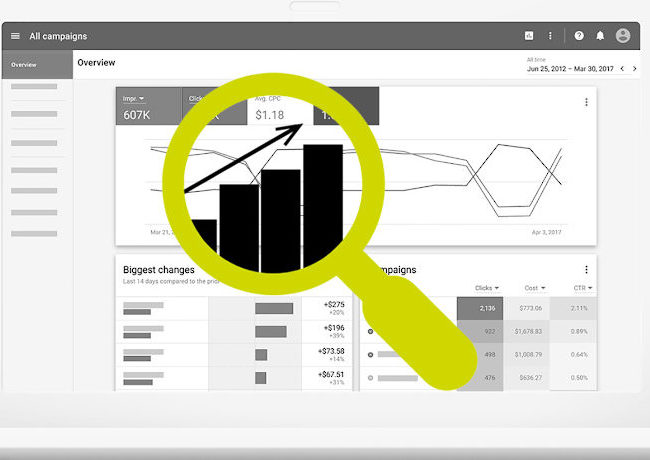Headless CMS: Revolutionising content management
What is a CMS?
A Content Management System (CMS) is a software application that allows users to create, manage and modify digital content on the web. There are many types of CMS applications such as Drupal, Shopify, Squarespace and Magento. Granite 5’s CMS of choice is WordPress. WordPress is used by 43.2% of all websites, commanding a formidable 62.8% share of the content CMS market.
What is a Headless CMS?
A headless CMS decouples the backend (where content is managed) from the frontend (the interface the users see). This enables content reuse and remixing across various digital platforms including web, mobile and apps.
Understanding the concept of a headless CMS
Imagine a traditional CMS as a pre-built house where everything from the foundation to the roof is constructed and connected. You have little flexibility to change the layout or add new rooms without significant restructuring.
Now, think of a headless CMS as a set of modular building blocks – like LEGO bricks. Each brick represents a piece of content, and you can assemble them in any configuration you desire to build different structures, whether it’s a house, a skyscraper, or something entirely unique.
In this analogy, the headless CMS decouples the content (the LEGO bricks) from the presentation layer (the assembled structure), allowing developers to build and present content in various ways across different platforms and devices. They’re not limited to predefined templates or structures, providing the freedom to create tailored digital experiences.

The benefits of a headless CMS
There are numerous benefits to a headless CMS including:
Flexibility
The headless CMS allows you to produce highly customised and dynamic user interfaces. Content can be sent to any device or platform you want. You can post to a website, mobile app, smartwatch, and your social media platforms, all from the comfort of your WordPress dashboard.
Performance
With a headless CMS, content is delivered through APIs, which often results in faster load times compared to traditional CMS architectures. This is because the frontend can fetch only the necessary content, minimising unnecessary data transfer and rendering overhead.
Better user experience
Developers can optimise the performance of the front-end independently of the backend. This allows for more efficient loading times and better user experiences.
Security
The separation between the front-end and back-end reduces the attack surface and mitigates security risks. The content is stored in a separate database, which means that it is not exposed to the same security risks as the front-end of the site. Security updates and patches can be applied to the backend without directly affecting the presentation layer.
Keep the good parts of WordPress
A headless CMS allows you to keep the WordPress dashboard for managing and uploading content.
In summary
The headless CMS revolutionises content management by decoupling the backend from the frontend, offering improved flexibility and performance. It lets developers create tailored digital experiences across platforms without the constraints of predefined templates. With enhanced security and effortless integration, the headless CMS represents the future of content management, allowing businesses to adapt to the changing digital landscape with ease and efficiency.
Hear about Ricky, our Lead Developer
Ricky joined Granite 5 in 2011 as an apprentice front-end developer and is passionate about delivering accessible user experiences using the latest standards. Ricky really enjoys learning new tools and is currently studying Headless WordPress CMS, React and Next.js.
>A big Liverpool FC fan, Ricky loves his food, going on adventures, watching a good movie and spending time with his family and friends.





